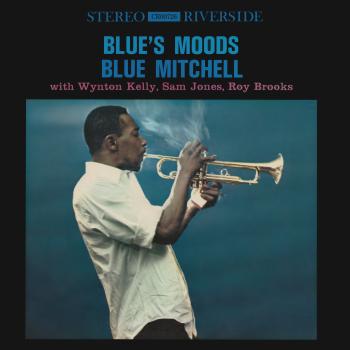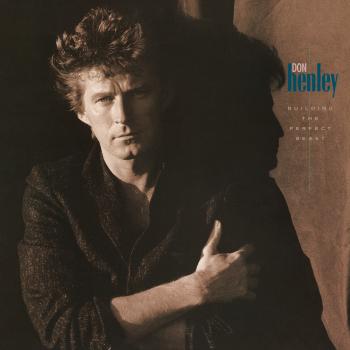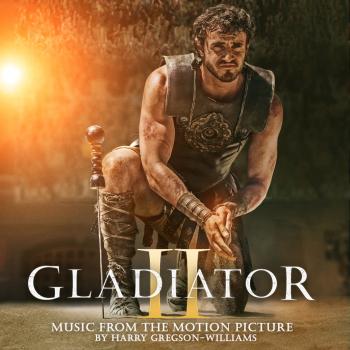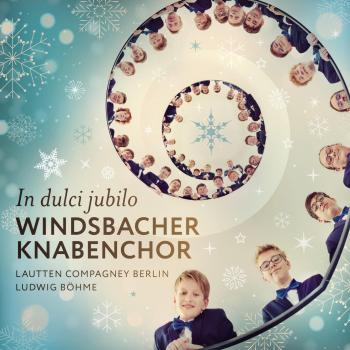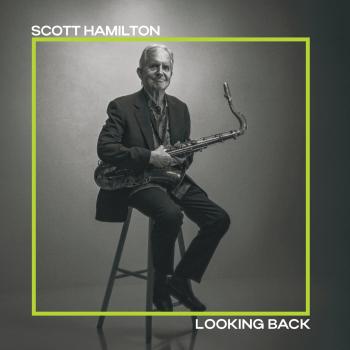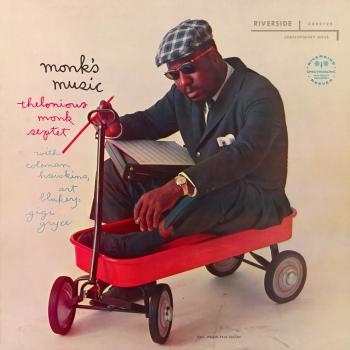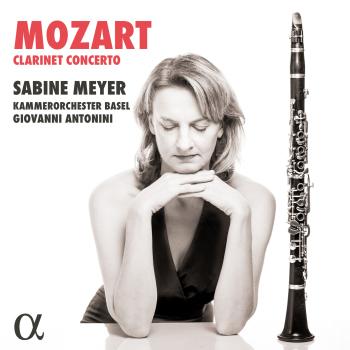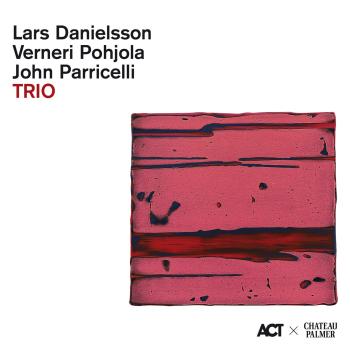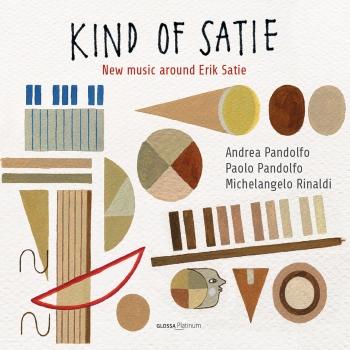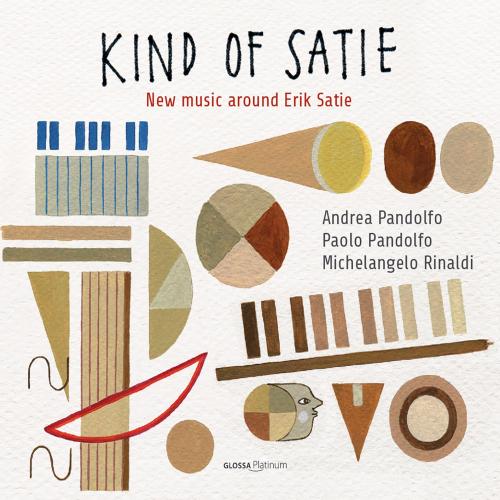
Kind of Satie: New Music around Erik Satie Andrea Pandolfo, Paolo Pandolfo & Michelangelo Rinaldi
Album Info
Album Veröffentlichung:
2017
HRA-Veröffentlichung:
21.04.2017
Label: Glossa
Genre: Classical
Subgenre: Chamber Music
Interpret: Andrea Pandolfo, Paolo Pandolfo & Michelangelo Rinaldi
Das Album enthält Albumcover Booklet (PDF)
- Andrea Pandolfo:
- 1 La mosca cieca (after E. Satie's Sports et divertissements: VI. Colin-maillard) 05:28
- 2 Il corale (after E. Satie's Sports et divertissements: I. Choral inappétissant) 06:59
- Michelangelo Rinaldi:
- 3 Morbidamente rosacrociano (after E. Satie's Sonnerie de la Rose+Croix) 01:51
- Paolo Pandolfo:
- 4 Brothers 03:58
- Andrea Pandolfo:
- 5 Albertone sui baffi di Satie 02:30
- Paolo Pandolfo:
- 6 3 Sonneries de la Rose+Croix (arr. A. Pandolfo, P. Pandolfo and M. Rinaldi for flugelhorn, viola da gamba and accordion) 03:31
- Andrea Pandolfo:
- 7 Il flirt (after E. Satie's Sports et divertissements: XIX. Le Flirt) 04:37
- Paolo Pandolfo:
- 8 Respiro 01:18
- Andrea Pandolfo:
- 9 Impassibile infiammato 08:15
- Michelangelo Rinaldi:
- 10 Sogno coniugale 01:40
- Andrea Pandolfo:
- 11 La caccia (after E. Satie's Sports et divertissements: III. La Chasse) 04:12
- Paolo Pandolfo, Michelangelo Rinaldi:
- 12 La maritata (after E. Satie's Sports et divertissements: V. Le réveil de la Mariée) 02:13
- Michelangelo Rinaldi:
- 13 Preghiera rosacrociana (after E. Satie's Sonnerie de la Rose+Croix) 02:12
- 14 Valzer rosacrociano (after E. Satie's Sonnerie de la Rose+Croix) 03:04
- Andrea Pandolfo:
- 15 Commiato 01:01
Info zu Kind of Satie: New Music around Erik Satie
Von Zeit zu Zeit schätzt Paolo Pandolfo es, die Welt der barocken Manuskripte voll virtuoser Gambenwerke hinter sich zu lassen, um sich freien Programmen mit einem großen Improvisationsanteil zuzuwenden und diese mit gleichgesinnten Musikern aufzunehmen. Auf diese Weise entstand auch Pandolfos neuestes Album Kind of Satie, losgelöst von stilistischen Regeln und Beschränkungen.
„Neue Musik um Erik Satie“, so lautet der Untertitel der vorliegenden CD, mit der Pandolfo sich aufmacht, um das exzentrische Leben dieses „tranzendenten Idealisten“ zu erkunden. Diese Reise unternimmt der Gambist gemeinsam mit seinem Bruder Andrea und mit Michelangelo Rinaldi. Andrea Pandolfo hat bereits beim Album Travel notes mit Paolo zusammengearbeitet; er spielt Trompete und Flügelhorn und ist Komponist (seine Schwerpunkte sind Weltmusik, zeitgenössische Musik, Folk, Jazz und Alte Musik). Der Multiinstrumentalist Michelangelo Rinaldi ist auf dem Klavier, dem Akkordeon und dem Spielzeugklavier zu hören, und Paolo Pandolfo selbst spielt zum Teil auf einer elektroakustischen Gambe.
In Saties Werken finden sich häufig kurze und bizarre Spielanweisungen, die in einigen Stücken auf dieser CD von den Pandolfo-Brüdern ihrem Publikum vorgestellt werden. Saties Stücke Trois Sonneries de la Rose+Croix und Sports et Divertissements bilden den Ausgangspunkt für die eigenen zeitgenössischen Kompositionen des Trios, zusammen mit barocken Werken von Marais. Die Zeichnerin Tinka Volaric hat eine Reihe von Illustrationen beigesteuert, die eigens für dieses innovative Projekt entstanden sind.
Andrea Pandolfo, Trompete, Flügelhorn, Gesang
Paolo Pandolfo, Viola da Gamba, Gesang
Michelangelo Rinaldi, Klavier, Akkordeon
Paolo Pandolfo
Widely admired as a virtuoso exponent of the viola da gamba through his concert performances and recordings of key composers from Germany, France, Spain, England and his native Italy, Paolo Pandolfo has in recent years been developing the instincts and skills for improvising and composing. He began his research in the field of renaissance and baroque musical idioms around 1979 along with violinist Enrico Gatti and harpsichordist Rinaldo Alessandrini. Studies with Jordi Savall at the Schola Cantorum Basiliensis in Switzerland were followed by membership of Savall’s Hespèrion XX between 1982 and 1990. A highly successful recording of the CPE Bach Sonatas for viola da gamba (on Tactus) in 1990 saw Pandolfo nominated as Professor of viola da gamba at his alma mater, the Schola Cantorum Basiliensis in Basel, where he has been concentrating his teaching activities ever since.
Since 1997 all of Paolo Pandolfo’s recordings have appeared on Glossa. The odyssey commenced with the first complete recording of Antoine Forqueray’s Pièces de Viole, followed by discs devoted to the music of Tobias Hume, Marin Marais (Le Labyrinthe et autres histoires was devoted to character music whilst Grand Ballet focused on Marais’ gestures and dance music) and Sainte-Colombe. Pandolfo has regularly ventured beyond the realms of Renaissance and Baroque notated music for his instrument; he achieved a notable success with his own transcription of the six Bach Solo Suites and recorded an unaccompanied recital, A Solo. Travel Notes and Improvisando have further demonstrated Pandolfo’s command of the possibilities of the viola da gamba as a composer himself.
His performing activities have taken him all over the world, playing with artists such as Emma Kirkby, Rolf Lislevand, Rinaldo Alessandrini, Mitzi Meyerson, José Miguel Moreno and many others. He has been described as the Yo Yo Ma of the viol. Since 1992 he has been directing Labyrinto, a group of four or five viola da gambas, which is dedicated to the huge consort music repertoire.
Paolo Pandolfo builds bridges between the past and the present, bringing spontaneous and immediate life in the performance of baroque and renaissance music using medias such as improvisation, transcriptions and composition of modern pieces, being convinced that the patrimony of ancient music can be a powerful inspiration for the future of the western musical tradition.
Booklet für Kind of Satie: New Music around Erik Satie


